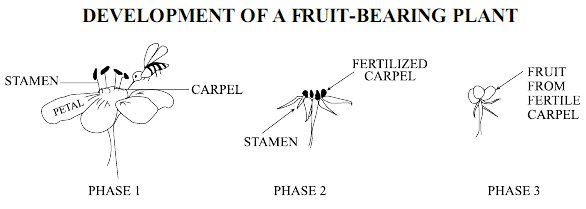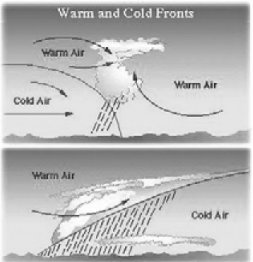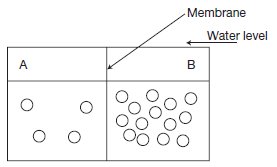Ionization Energy (I.E.) is the amount of energy needed to force an electron out of an atom. The ‘${1^{st}}$ Ionization Energy’ is the amount of energy needed to expel the first electron out of an atom’s outermost shell. The ‘${2^{nd}}$ Ionization Energy’ is the energy required to expel the second electron from the atom and so on.
Which of the following variables can have any sort of effect on the value of ionization energy for an element or a compound?
Explanation
The farther an electron is from the nucleus, the looser its attraction with it, and hence the easier it is to expel it – Lower ionization energy (a).
If the atom is already deficient of one or more electrons, the nucleus will gain a net positive charge (since the electrons and protons are no longer equal). A stronger charge on the nucleus will make it attract the remaining electrons more powerfully, and so it will harder for us to expel an electron from the atom – greater ionization energy (b).
Electrons between the nucleus and the electron we want to expel also cause interference when they repel electrons in other shells. This repulsion takes the valence shell electrons farther away, hence weakening their attraction with the nucleus. And, consequently, it is easier for us to take electrons out. – Lower ionization energy. This phenomenon is called the Shielding Effect (c).








